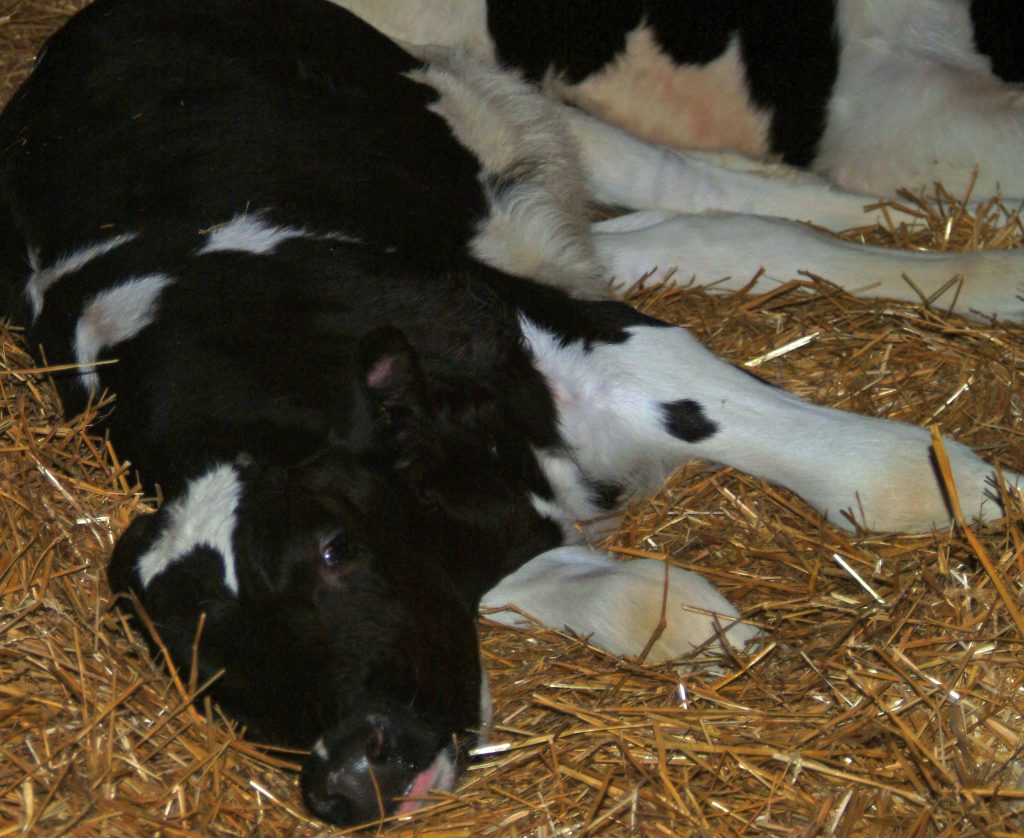Healthy Calf Conference
Follow to stay up-to-date on all Healthy Calf Conference updates. Speaker announcements, sponsorship information, registration announcements, and more.
Euthanasia, or the humane termination of an animal’s life, is a necessary reality of raising livestock. Working with your herd veterinarian to create a euthanasia protocol for your farm can help guide decision-making, ensure an approved method of euthanasia is applied, and that welfare is maintained throughout the process.

Your protocol should include how to determine whether euthanasia is necessary for a sick or injured calf. This may involve consulting with your herd veterinarian, or using tools and criteria, such as a decision tree, to decide what the next steps are when treatments to alleviate pain or to treat the illness are ineffective or there is little hope that the calf will recover. Under these circumstances, using an approved method for euthanasia is often the best thing to do for the animal.
When developing the protocol, consider factors such as the age and size of cattle on your farm as well as ability to restrain cattle, human safety, and comfort level and training of the staff who will be performing the procedure.
Ensure the protocol includes what to do if an animal cannot move on its own. Unnecessary handling or moving an animal prior to euthanasia must be prevented—they should not be dragged, prodded, or forced to move, and instead the method of euthanasia should be brought to the animal. This may require you to use different methods depending on the condition of the animal or where it is when euthanasia becomes necessary.
Euthanasia should only be performed by trained personnel to minimize the pain and stress experienced by the animal. Your euthanasia protocol should list people with the authority to decide if an animal should be euthanized, as well as those who are trained to perform the procedure.
Ensure all staff are trained and able to access euthanasia tools, or that a trained staff person can be reached and tools can be accessed quickly, in case of emergency. Euthanasia should never be delayed because a trained staff person or the tools required are unavailable. If you or your staff are not comfortable performing euthanasia, ask your herd veterinarian for training or have them perform the procedure.
The protocol should also describe the step-by-step procedure for performing euthanasia. The only approved methods of euthanasia for calves are:
These methods are approved because, when done properly, they cause minimal pain and distress, render the animal immediately unconscious, and are irreversible. Methods including, but not limited to, air embolism, blows to the head (blunt force trauma), bleeding out without proper stunning, and electrocution are NOT approved methods for euthanasia of calves. These methods cause pain and suffering.
Once you have applied a method of euthanasia, immediately check for two or more signs to confirm the calf is unconscious. If the calf begins vocalizing, attempts to right itself, lifts its head, or has a corneal reflex, it is conscious. If this occurs, immediately reapply the method of euthanasia, or use a backup method.
Death may not occur immediately, but the animal must remain unconscious until death. You must confirm the calf is dead before attempting to move it—meaning the calf must have no heartbeat and no signs of respiration for at least five minutes, along with the absence of any signs of the calf regaining consciousness.
The carcass of the calf, regardless of the method of euthanasia, must be properly disposed of using an approved method as regulated by the Nutrient Management Act, 2002, O. Reg 106/09 Disposal of Dead Farm Animals. Ensure all laws regarding deadstock disposal and record keeping are followed.
All euthanasia equipment should be cleaned and maintained according to manufacturer instructions, then stored securely and safely.
Although reluctance to euthanize a calf is understandable, it is important to note that euthanizing a week too early is better than a day too late. Timely euthanasia prevents the animal from experiencing unnecessary pain and distress. By recognizing that the calf needs to be euthanized and ensuring the veterinarian-developed protocol is performed by trained personnel, the overall welfare of the animal can be maintained.
Follow to stay up-to-date on all Healthy Calf Conference updates. Speaker announcements, sponsorship information, registration announcements, and more.
The Codes of Practice are nationally developed guidelines for the care and handling of farm animals. They serve as our national understanding of animal care requirements and recommended practices.